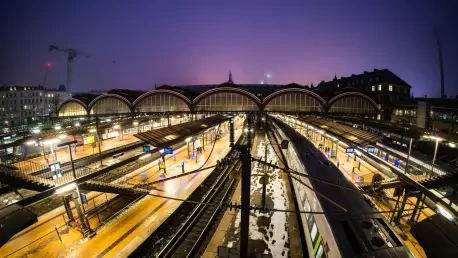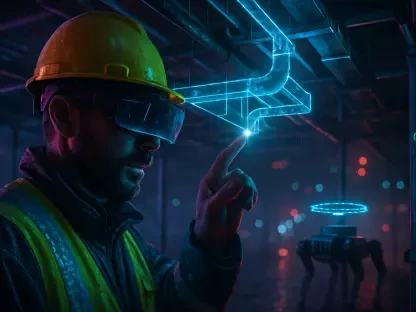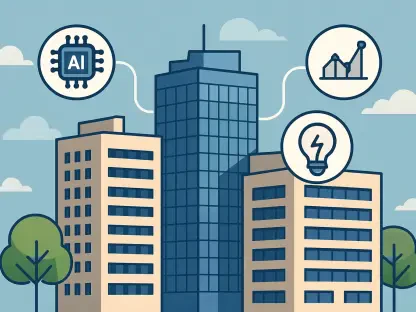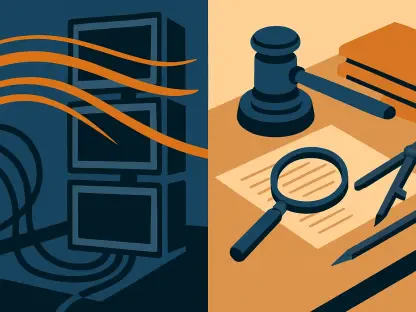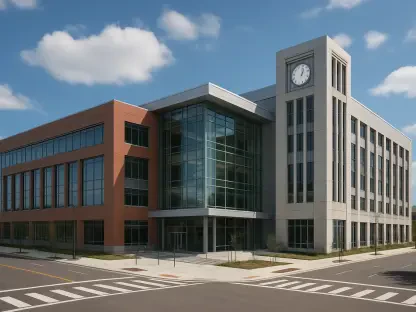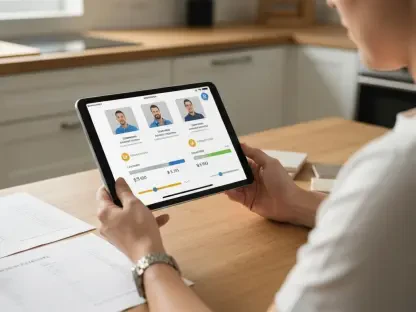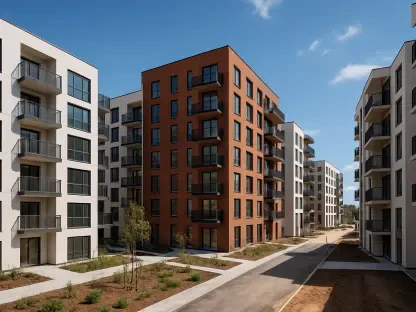In the ever-evolving landscape of public transit, the recent opening of Phoenix’s South Central Extension and downtown hub marks a significant milestone. We had the opportunity to discuss this transformative project with Luca Calarailli, a renowned expert in construction, design, and innovation in infrastructure. Luca shared insights into the challenges and triumphs of this ambitious effort, giving us a glimpse into the future of urban transit.
Can you provide an overview of the newly opened South Central Extension and downtown hub for Phoenix’s light rail system?
The South Central Extension and downtown hub have expanded Phoenix’s light rail system with the addition of a 5.5-mile stretch and a crucial new downtown hub. This development now supports two distinct lines: the north-south B Line, which includes the new extension, and the east-west A Line connecting downtown Phoenix to Mesa. The project is also designed to increase the frequency of train operations, offering more efficient service to riders. Altogether, these improvements aim to bolster the transit network and improve connectivity throughout the city.
What were the main challenges faced during the construction of the South Central Extension project?
As with many large-scale infrastructure projects, we faced several challenges. The COVID-19 pandemic significantly impacted our timeline and execution, introducing delays and necessitating adjustments to our approach. Additionally, we encountered unanticipated utility relocations that required careful, strategic handling to resolve without further complications. Another major hurdle was overcoming a ballot initiative intended to halt the project. It was a tense period, but ultimately, the voters’ support allowed the project to proceed.
How will the new extension enhance the existing light rail system in Phoenix?
With the new extension, the light rail system is far more efficient and user-friendly. The addition of a second line not only increases train frequency but also improves overall connectivity. More residents can access the system with greater ease, utilizing the expanded park-and-ride facility and enhanced transit hub downtown. The goal is to offer more accessible and reliable public transit options that meet the diverse needs of Phoenix’s population.
The project was projected to add 8,000 new riders per day to the system. How was this estimation made, and what strategies are in place to meet this target?
Our ridership forecast was based on extensive studies that analyzed current transit patterns, population growth, and regional development trends. To meet our target, we’ve implemented several strategies, including enhancing service frequency and improving accessibility through infrastructure upgrades. We’re also working on various promotional campaigns to encourage more residents to consider the light rail as a convenient and sustainable transportation option.
Can you describe the geographical span of the new B Line and how it interacts with the existing A Line?
The new B Line runs north-south, with the extension reaching further south from the existing infrastructure. It creates a vital connection between neighborhoods, promoting easier and faster travel through Phoenix. The B Line intersects with the A Line in the downtown area, creating a central hub that enhances connectivity and allows for seamless transfers between the two lines, further integrating the transit system.
The project included various infrastructure upgrades and enhancements. Can you elaborate on these improvements?
Certainly. We undertook significant upgrades, including enhanced bike lanes and pedestrian pathways, which are incredibly important for promoting sustainable and active transportation options. The installation of new art pieces, largely created by local artists, not only beautifies the area but instills a sense of community ownership and pride in the new infrastructure. Additionally, we’ve improved landscaping to include desert-adapted plants, aligning the project with Phoenix’s environmental and sustainability goals.
What role did federal grants and local investments, like Phoenix Transportation 2050 and Proposition 400, play in funding the project?
Federal grants played a vital role, covering more than half of the project’s costs, which was crucial for our budget. Local investments from Phoenix Transportation 2050 and Proposition 400 also provided significant support, ensuring that we could address various aspects of the project effectively. This blend of federal and local funding illustrates a strong partnership and commitment to improving public transit infrastructure.
Moving forward, what are the plans for further light rail expansions in Phoenix?
Phoenix is committed to continuing the expansion of its light rail system to meet growing demands for efficient public transportation. While specific plans are still being finalized, the goal is to further expand routes and enhance services. This ongoing effort aligns with our broader aims of promoting sustainability and accessibility throughout the city, supporting its development as a modern and connected urban center.
How did Kiewit, the Omaha-based contractor, contribute to the success of the extension project?
Kiewit’s extensive expertise and innovative approach were instrumental in bringing this complex project to fruition. From managing the logistics of construction to overcoming the various challenges we faced, their role was pivotal. Their ability to adapt and deliver quality results, especially amidst the unprecedented disruptions caused by the pandemic, was invaluable to the project’s success.
With the light rail system now featuring 48 stops, how is Valley Metro ensuring efficient operations and maintenance?
Valley Metro has put in place comprehensive plans to ensure operations and maintenance keep up with the expanded system. This includes routine inspections, regular maintenance schedules, and employing advanced technology for monitoring system health. By focusing on reliability and performance, Valley Metro aims to maintain high service standards and rider satisfaction.
What feedback have you received from residents and commuters since the opening of the extension?
Feedback has been overwhelmingly positive. Residents and commuters have expressed appreciation for the convenience and improved connectivity the extension provides. The enhancements to bike and pedestrian pathways, coupled with the aesthetic improvements, have also been positively received. This feedback reinforces our commitment to continue developing infrastructure that meets community needs.
How does this project align with Phoenix’s goals as a sustainable and accessible city?
This project is a cornerstone in Phoenix’s broader strategy to become more sustainable and accessible. By providing a reliable public transit option, we help reduce reliance on cars, decrease emissions, and promote a healthier urban environment. Additionally, we’re making strides in accessibility, ensuring that all residents have the transportation options they need to thrive in an evolving city landscape.
What is your forecast for future developments in public transit infrastructure in urban areas?
I foresee continued emphasis on integrating technology to improve efficiency and sustainability. Urban areas will likely invest more in expanding their transit networks and enhancing the rider experience with digital tools. As cities grow, public transit will become an even more essential part of urban planning, serving as a backbone for sustainable development and connectivity.
